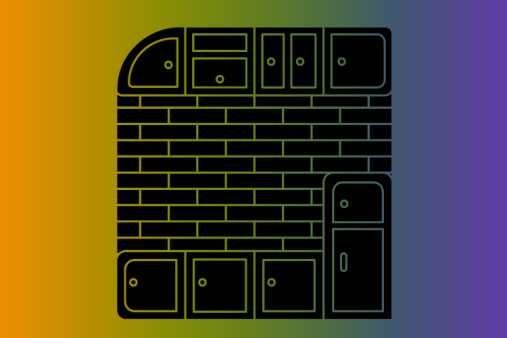Tips to achieve perfect plastering
- Prepare your surface - Make sure the surface is ready to be skimmed.
- If it’s just plasterboard, you can plaster directly on to the surface.
- If you want to skim over existing plaster, prepare the surface with PVA bonding.
- Keep it clean - All your tools and buckets should be spotless.
- Any old bits of plaster will cling to your equipment and could spoil your smooth surface.
- Just add water - Start with water first and then add the plaster slowly, mixing all the time, preferably with a plaster drill.
- Take your time to achieve a smooth mix.
- Turn off the electrics - Shut down all electrics, tape up loose wiring and remove plug sockets.
- Wet plaster is a conductor of electricity!
- Plan your plastering - Never plaster two walls that touch each other at the same time.
- The join will always be rough.
- Give it two coats - If you are a beginner, it’s best to give the wall two coats of finishing plaster before polishing.
- Two coats will hide a multitude of sins.
- Stay cool - Turn off the radiators and ventilate well.
- A hot room will dry out your plaster leading to cracking.
- Dry plaster is much more difficult to apply.
- Work fast - Your aim is to cover the wall as fast as possible to avoid the plaster drying out and an uneven surface forming.
- Practice - You won’t become a perfect plasterer overnight. It is a skill that takes practice.
- It’s common to begin a plastering project and then realise that an expert hand is needed. It can be more expensive to correct the mistakes of an amateur than to begin plastering from scratch, so consider whether this is a project you want to tackle.
- Don't want to DIY - get a plasterer in :).







